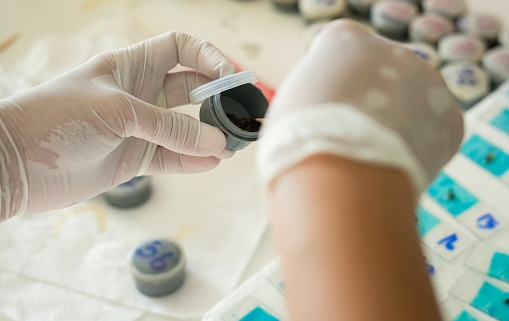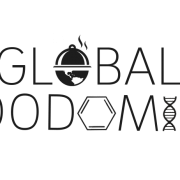Microbiome Analysis – Hype or Helpful?
By Karen Scott, PhD, Rowett Institute, University of Aberdeen, Scotland
Since we have realized that we carry around more microbial than human cells, and that these microbial inhabitants are important to maintain our health, searching for the bacterial species that are implicated in causing disease has become the holy grail of microbiology. However, to understand which bacteria are present or absent in a disease state, we first have to understand what constitutes normal. This is hampered by the fact that we are all different – and our microbial communities are also all different. In fact, the faecal bacterial community in samples taken months apart from one person will be identifiable as coming from that specific healthy adult, but the community will be quite distinct from samples from any other healthy adult. In the same way, the microbial community of two individuals suffering from the same disease will be different.
Despite these differences, scientists have managed to establish some facts over the past 15 years. Too many Proteobacteria, which includes Enterobacteria and E.coli, in your large intestine is not generally good news. Firstly, it means that conditions in the large intestine are probably not oxygen-free, as they should be. Secondly, an expansion in these populations usually means a decline in something else – after all food and places to live are finite resources. Bacterial diversity in the adult intestine is also important. The main factor that has been found across many different diseases is that bacterial diversity is lower in diseased individuals than their healthy counterparts. This does not necessarily mean that a low diversity is causing the disease, as various features of the disease (including any antibiotic therapy, inflammation, decreased or increased transit time) may all themselves affect the diversity of the microbiota.
Although scientists have not succeeded in defining a ‘healthy microbiota,’ there is an increasing trend to get your microbiome tested. Microbiome companies are bombarding us with offers to send in a small sample and find out about your gut microbiota, for a price. So, should you?
This really depends why you want to know, and what level of detail of analysis is being offered. Remember the orders of taxonomy? Kingdom, phylum, class, order, family, genus, and species. Some companies identify the bacteria in your faeces only to the phylum level. This is a taxonomic level above the level needed to differentiate mammals and fish (these are ‘classes’). If you told someone that there were more fish in the Indian Ocean than mammals would this be a surprise? It would be such an expected fact it would be meaningless. This is similar to describing the microbiota at a phylum level – Bacteroidetes numbers versus Firmicutes numbers. Such numbers are meaningless. However, continuing the fish analogy, if you said that there were more mackerel than tuna in the North Atlantic Ocean this becomes a bit more meaningful. The fisherman immediately knows what type of fish he is more likely to catch, and perhaps even which net to use. The same is true of the microbiome. Telling someone that he/she has a lot of Enterobacteria and few Roseburia is actually useful as we know from studies that this represents an abnormal balance of bacteria and something should be done to redress this. Yet the bottom line health consequence of this abnormal balance of bacteria remains to be determined. So getting your gut microbiome sequenced could be useful – depending on what level of information you will receive, and what you are prepared to do about it.
And so we come to the next problem. Having established what your gut microbiota is, how are you going to make it better? And will that make YOU better? At the moment scientists don’t really have a good answer to these questions. Specific prebiotics can certainly be useful to increase the numbers of some bacteria generally assumed to be beneficial – such as Bifidobacterium, Faecalibacterium prausnitzii and even Roseburia species. But it is not really clear what the exact health benefits of such an increase in bacterial numbers would be. Health claims on prebiotics are currently limited to ‘improve intestinal transit’ and ‘lower the glycaemic response’. If you found out that your microbiota had a low diversity, increasing the variety of foods in your diet, in particular the fibre component, could certainly improve this. Our gut microbiota basically relies on our undigested food to survive, so providing a greater amount and more types of food containing fibre and prebiotics will definitely encourage populations of diverse bacteria to expand. In addition to improving digestive health, fibre fermentation by gut bacteria also results in the production of microbial products that have been shown to have health benefits.
So by all means get your gut microbiome analyzed if you want to, but perhaps instead, save your money and just increase your prebiotic and fibre consumption, which will increase levels of the potentially beneficial bacteria that are already there in your gut.
Recommended reading
Why microbiome tests are currently of limited value for your clinical practice














